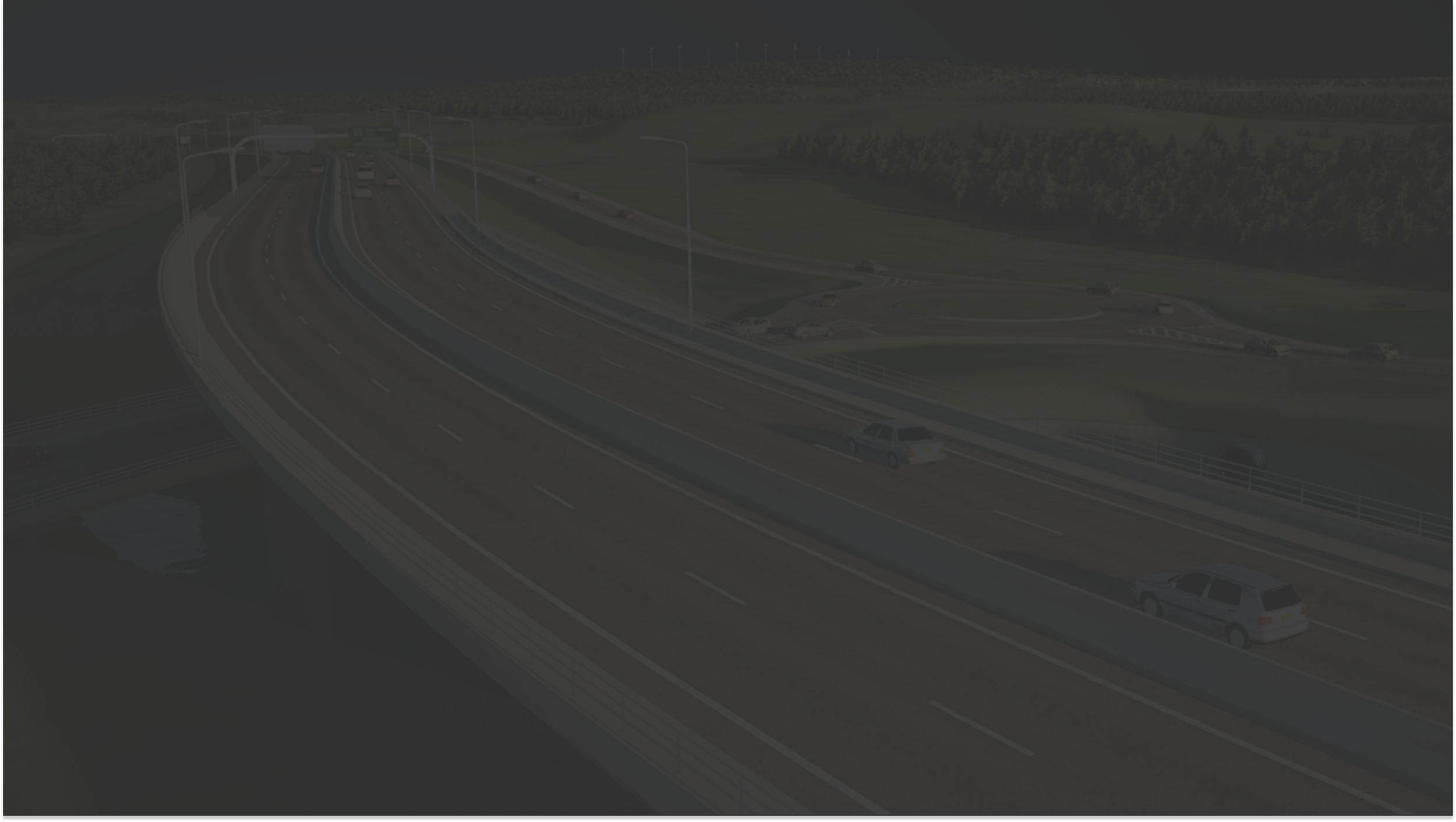
Autodesk
Superelevation: Tools to design how roads bank on turns
InfraWorks | 2013 | Discovery-Delivery | Shipped Oct 2013InfraWorks is a new application in the civil engineering CAD suite
It fills the concept generation and presentation gaps in civil engineers’ application ecosystem. The roads and highways module enables civil engineers to quickly draw and visualize roads with rule-based geometry on top of their site’s topology, imported from their survey studies. This project solves three business goals:
Replace paper-based concept phases
Interoperable road feature sets between InfraWorks and Civil3D
Missing presentation suite
PROBLEM & OPPORTUNITY
Superelevation is a critical element of road design, ensuring vehicles can safely navigate curves by banking the road. For over a decade, road designers have relied on Autodesk Civil3D, but the existing workflow is cumbersome—requiring excessive navigation between multiple data views, including alignments, graphs, and cross-sections.
The lack of contextual feedback made it difficult for engineers to understand how their geometric design choices impacted superelevation, grading, and land acquisition. This inefficiency led to longer iteration cycles, increased potential for errors, and difficulty in making informed decisions.
The opportunity was to redesign the superelevation workflow with better visibility, real-time feedback, and a more intuitive user experience that reduces complexity and enhances decision-making for engineers.
KEY OUTCOMES & RESULTS
30% reduction in navigation actions, streamlining the process of adjusting superelevation.
20% faster iteration time, allowing engineers to modify and validate superelevation designs more efficiently.
Clearer visibility of superelevation changes through a vertically exaggerated 3D projection, making subtle adjustments more apparent.
Intuitive direct manipulation tools, replacing cumbersome tabular inputs with interactive editing.
Nested superelevation region selection, providing engineers with a precise, hierarchical way to control different sections of the road.
Positive feedback from industry professionals, validating the design as a major improvement in clarity and usability.
SOLUTION
The redesigned superelevation workflow introduced:
A unified 3D workspace integrating alignments, superelevation graphs, and cross-sections for real-time contextual feedback.
Direct manipulation tools allowing engineers to adjust superelevation points interactively without switching between multiple views.
Vertically exaggerated projections to visually enhance superelevation changes and improve readability at different zoom levels.
Holographic projections providing engineers with real-world context on how their changes impact road design.
Nested region selection enabling precise adjustments to different superelevation sections.
This solution created a more intuitive, visual, and efficient design experience, empowering road engineers to work faster, reduce design friction, and improve the accuracy of their road planning decisions.
ROLE
UX Project Lead
CONTRIBUTION
User Research
Usability Testing
Interaction Design
Application Design
Engineering Documentation
Want to Learn More?
Shoot me an email! Let’s discuss your questions, comments, and organizational needs.